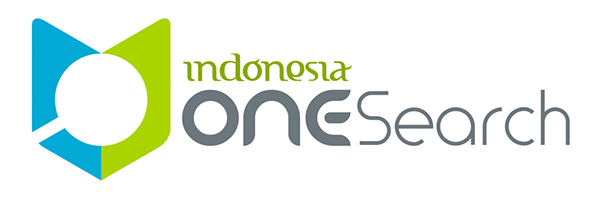Strategy In Overcoming Barrier In Listening English
Abstract
The application of listening techniques with music must be very effective every day so that the results can be seen, and must be done with an introduction to grammar and other grammar in English. and this technique must be carefully considered, such as students' language skills and strategies that can be used when learning and teaching according to the explanation above, the author is very interested in conducting research on the listening learning program at the Islamic University of North Sumatra, on students in the second semester of Stambuk 23. to find out the learning program that is implemented in the classroom. This research aims to answer the following question (1) What materials are applied in listening lessons? (2) Are the students' listening skills good? (3)What effective methods do lecturers use for students? (4)Why do lecturers apply this method in their classes?(5) Is this an effective way to develop students' skills better?. Based on the information it can be concluded that listening plays a crucial role in language acquisition and proficiency. The document emphasizes the importance of developing effective listening skills to enhance language abilities and compete in a globalized world. Various strategies and techniques, such as using songs or TOEFL tests, are recommended to make listening activities more engaging and effective for students. These strategies aim to improve students' listening comprehension, pronunciation, and overall language skills. Furthermore, the document highlights the significance of incorporating music listening as a strategy to enhance English language learning. Music can serve as an engaging tool to present grammatical structures, new vocabulary, and rhymes in an entertaining way, thereby facilitating language acquisition.
Keywords
Full Text:
PDFReferences
Croom Helm Cross, D., 1998, Teach English, Oxford: Oxford University Press.
Yagang, F., 1994, Listening: Problems and solutions. In T. Kral (ed.) Teacher Development: Making the Right Moves. Washington, DC: English Language Programs Divisions, USIA
Flowerdew, J. and Miller, L., 1996, “Student perceptions, problems and strategies in second language lecture comprehension”, RELC Journal 23 (2), pp.60–80.
Ridley, D.S., Schutz, P.A., Glanz, R.S. & Weinstein, C.E., 1992, “Self- regulated learning: th interactive influence of metacognitive awareness and goal-setting”, Journal of Experimental Education 60 (4), pp.293-306.
Anderson, N.J., 2002, “The role of metacognition in second language teaching and learning”, .ERIC Digest, April 2002, pp. 3-4.
Mendelsohn, D., 1998, “Teaching listening”, Annual Review of Applied Linguistics, 18, pp.81-101. Wolvin, A., Coakley, C. (1991). A Survey of the Status of Listening Training in Some Fortune 500 Corporations. Communication Education, USA.
Wenden, A., 1986, “What do second language learners know about their language learning? A secon look at retrospective account”, Applied Linguistics 7 (2), pp.186–205
Yagang, F. (1994) Listening: Problems and Solutions. In T. Kral (Ed.), Teacher Development: Making the Right Moves. Washington, DC: English Language Programs Division, USIA.
Yang, N. (2009). A Study of Metacognitive Strategies Employed by English Listeners. International Education Studies. 2(4). 134-139. Retrieved from http://dx.doi.org/10.5539/ies.v2n4p 134
Yesilyurt, E. (2013). An Analysis of Teacher Candidates’ Usage Level of Meta-Cognitive Learning Strategies: Sample of a University in Turkey. Educational Research and Reviews. 8(6). 218-225.
Zhao, Y. 1997: The effects of listeners’ control of speech rate on second language comprehension. Applied Linguistics. 18. 49–68.
Refbacks
- There are currently no refbacks.
Copyright (c) 2024 Nazifah Ayu Fadila
E-ISSN :2986-7002





